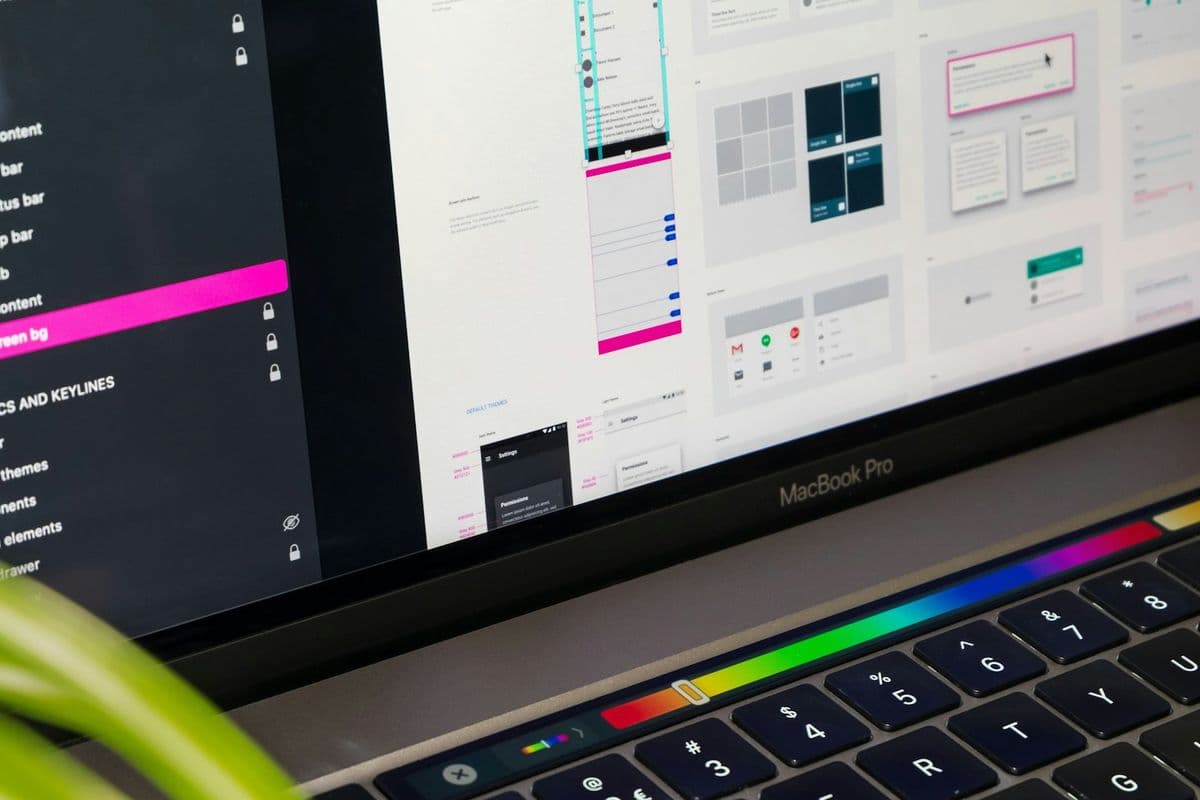Imagine this: you've got a groundbreaking idea for an app, and the design in your head feels like pure magic. However, translating that vision into a polished interface is often where momentum slows, tangled in wireframes and endless code tweaks. That's where Stitch AI steps in, a powerful tool for UI and UX design that turns natural language or image-based prompts into functional interfaces and even front-end code.
It's like giving your ideas a fast pass from concept to reality.
Stitch AI streamlines the process compared to the traditional grind of manual wireframing or painstakingly crafting each line of code. You describe what you want, whether it's a sleek dashboard or a playful mobile layout, and the AI gets to work, bridging the gap between raw creativity and tangible results.
No more weeks spent refining early drafts or struggling to communicate design details between teams.
Saving time is huge (and you'll save plenty). At the same time, accessibility expands, making high-end design tools usable for everyone, from savvy developers to first-time founders.
For startups focused on rapid prototyping and iteration, it's a lifeline. After all, when tech disruption moves quickly, speed is your greatest asset.
Stitch AI Features and Capabilities
Stitch AI brings an entirely new level of efficiency to UI and UX design by translating ideas into action, quickly and intuitively. At its core, this tool allows you to describe your vision in simple language, such as "a minimalist e-commerce homepage with a dark theme," and it translates that into functional, responsive layouts. No technical jargon required. It's like having a design assistant who just gets it.
But that's not all. If you have a sketch, screenshot, or wireframe lying around, Stitch AI can take those and turn them into editable digital components. Whether your workflow starts with text, images, or a mix of both, the tool adapts seamlessly. Tools like Galileo AI illustrate how easily AI can generate UI prototypes from plain descriptions and image inputs.
Think of it as turning rough drafts into polished prototypes with minimal effort.
When it's time to transition from design to development, Stitch AI generates HTML and CSS code snippets that serve as a solid foundation for your development team to build upon. For teams using Figma, designs can be exported and imported smoothly, maintaining the workflow between design platforms.
Customization is a breeze too, thanks to built-in tools for tweaking colors, fonts, and other design elements. This approach personalizes the experience to fit your vision.
Sure, there are limitations. The styling options lean more on the basic side, and support for complex design systems might require manual adjustments.
But for startups needing rapid prototypes or iterating on ideas, Stitch AI is a powerful shortcut. Our Vercel v0 guide to fast AI-powered UI prototyping explores how generative AI can turn simple descriptions into working code in minutes.
In tech, moving quickly and adjusting on the fly can determine success or failure.
Real World Workflows With Stitch AI
Traditional UI and UX design workflows can feel like a maze. Sketching layouts, wireframing, building prototypes, and manually coding, it's a process that demands time, precision, and a stack of tools that don't always play nice together. Stitch AI rewrites this script, collapsing those steps into a streamlined workflow that favors speed and innovation.
Imagine this: you start with nothing more than a text prompt, "an intuitive dashboard with customizable widgets", or maybe a rough sketch. Stitch AI steps in, transforming your idea into initial UI designs and generating foundational code that serves as a starting point for development.
While design and development still need to collaborate, the process becomes significantly more efficient. You get rapid prototypes that are interactive and ready for testing, and you can test UI components in isolation with Storybook for UI development.
For startups chasing aggressive timelines, Stitch AI is a downright superpower.
When it comes to MVP development, Stitch AI shines. Rapid iteration matters when you're testing ideas in real time, and this tool makes it easy to refine designs on the fly. When user feedback highlights interface issues, you can quickly iterate on your designs with Stitch AI's assistance, speeding up the refinement process while maintaining creative control.
It's like fast-forwarding through the tedious parts of app design.
Of course, AI isn't perfect. Production-ready designs still require human oversight, polishing details, fine-tuning code, and ensuring the final result reflects your brand.
But that's the beauty of Stitch AI: it handles the heavy lifting so designers and developers can focus on what really matters—creating apps that disrupt, innovate, and scale.
For tech-savvy startups, this workflow delivers a true competitive edge. Speed, flexibility, and smarter design choices make all the difference.
Limitations and Future of Stitch AI
While Stitch AI offers impressive capabilities, we need to acknowledge its current limitations. As innovative as it is, the tool still struggles with alignment issues and consistency, often requiring manual refinement to reach production-level quality. Detailed design decisions, the kind that transform apps from functional to truly exceptional, remain out of its reach.
It's like having a skilled assistant who gets you partway there, but still needs your input to finish the job.
Even as a publicly available tool, Stitch AI has some growing pains. With advanced styling options, multi-language support, and comprehensive multi-screen workflows, the platform continues to evolve and mature. These capabilities highlight the incredible potential for future updates.
With AI design tools evolving at breakneck speed, it's exciting to imagine how Stitch AI could overcome these challenges, transforming into an even more indispensable resource for startups.
At the end of the day, the tool's ability to accelerate workflows and simplify design processes makes it remarkably valuable, especially for tech-savvy startups chasing rapid MVP development.
If you're ready to turn your idea into a scalable, functional app without wasting precious time, let NextBuild help you bring it to life. Reach out here and let's make your vision a reality.



